8 Fascinating Technical Facts About The Honda NSX

1. It was the first car to have a mass-produced, all-aluminium monocoque body
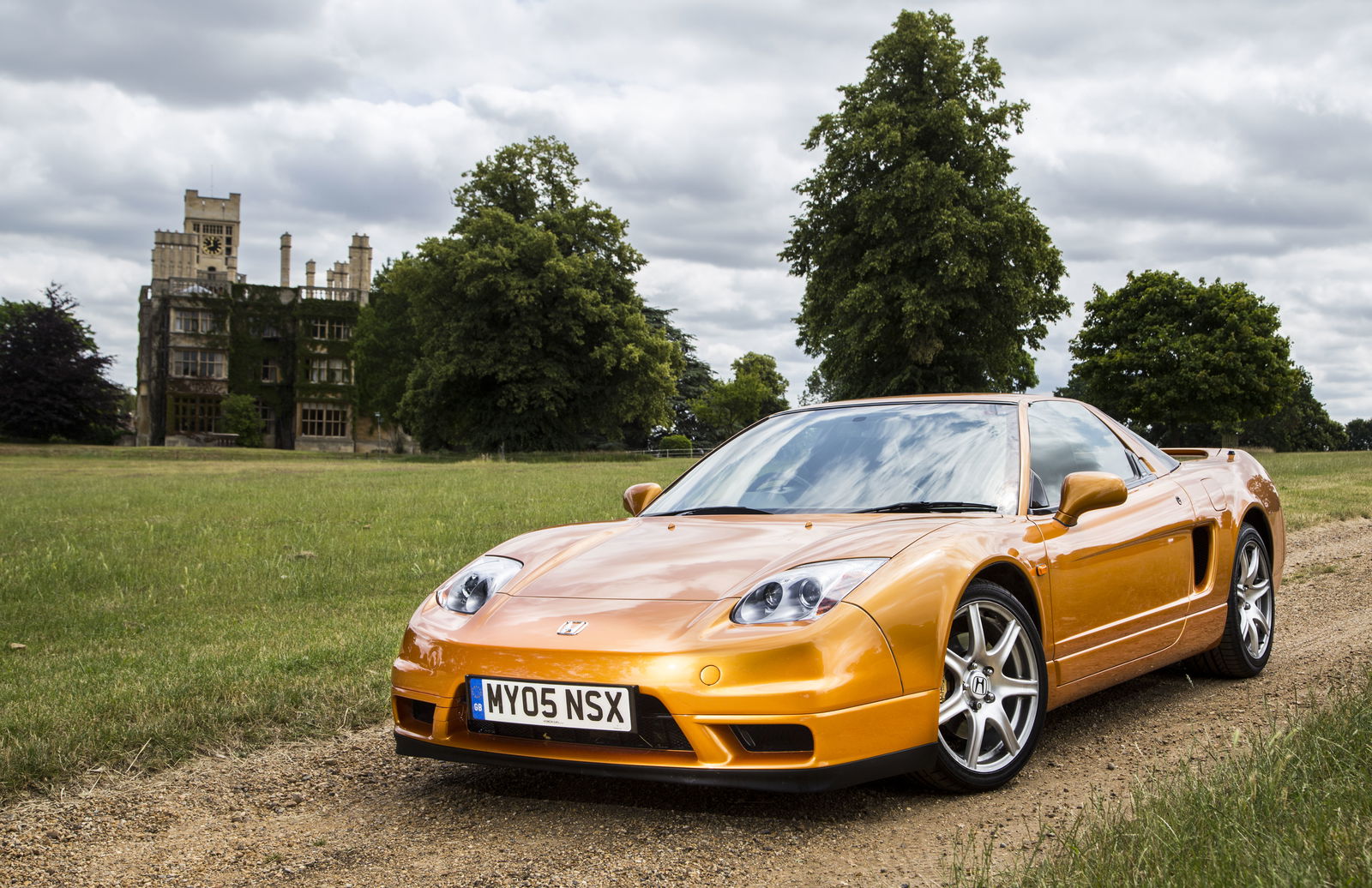
The use of aluminium is prevalent in all different levels of car production these days, but not when the NSX - or New Sportscar eXperimental - was developed. Inspired by the usage of the material in the Shinkansen bullet train, the NSX’s designers decided the new Honda could - and should - be made out of it, resulting in the world’s first mass-produced aluminium car. To aid the development and spot any potential issues, a prototype all-aluminium CRX was built and put through rigorous tests.
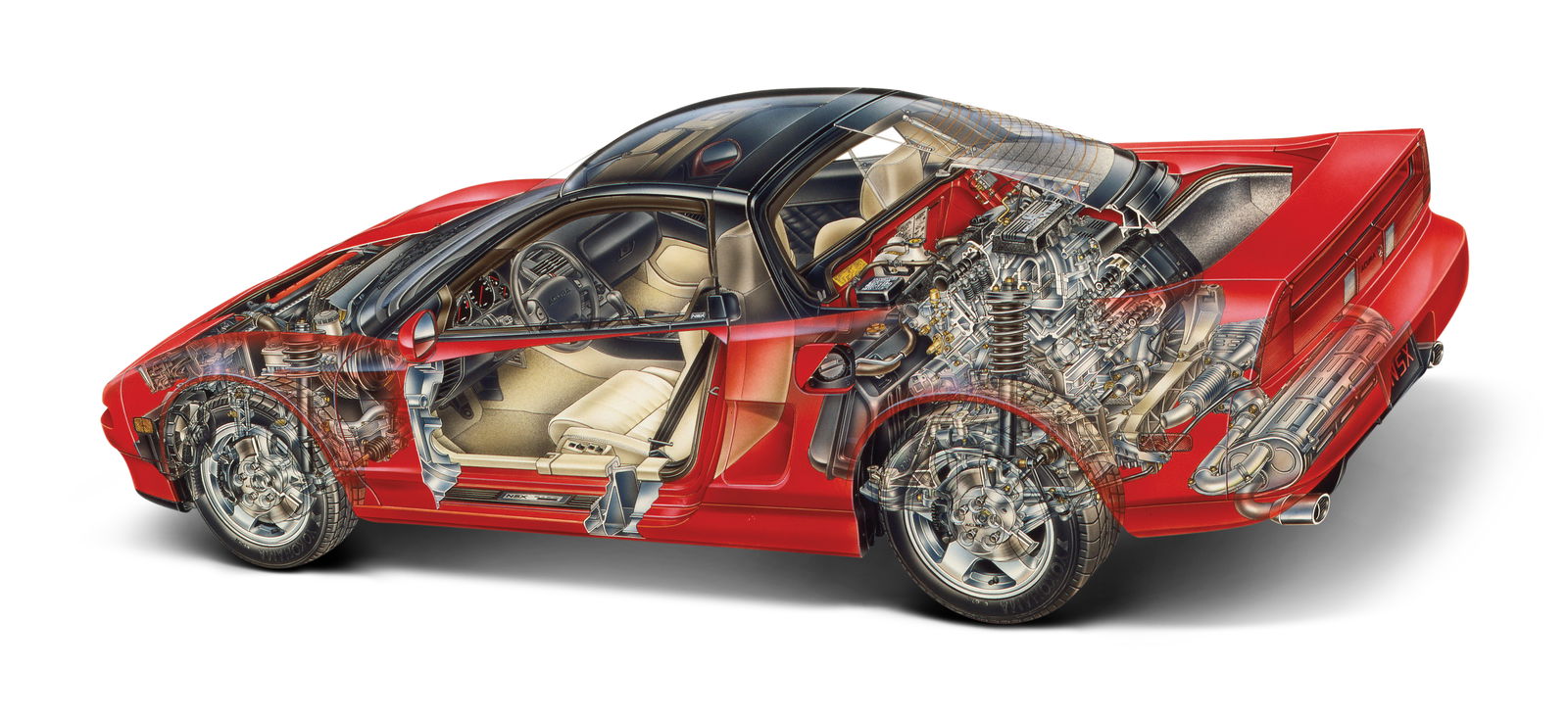
By constructing much of the car from aluminium, the NSX ended up being 200kg lighter than if it had been made from steel. It wasn’t easy however, which leads me neatly on to point two:
2. The shell is incredibly rigid thanks to extruded aluminium parts
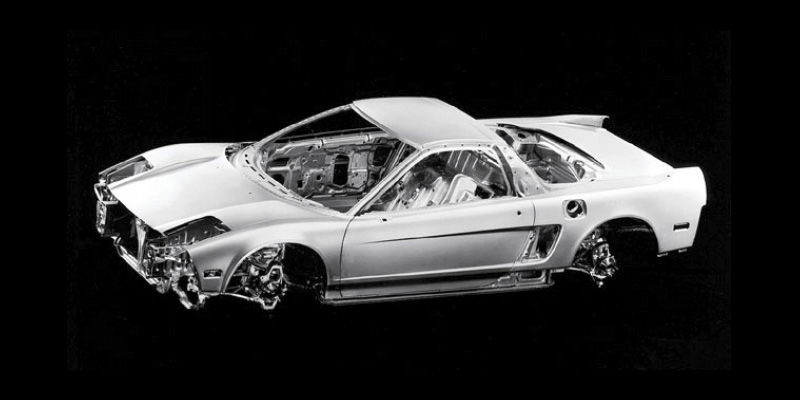
Issues arose in the creation of the NSX’s sills, which were proving difficult to process using traditional construction techniques due to their deep shape. To get around the problem, an aluminium extrusion process was used, whereby the raw aluminium was heated up to 600 degrees and pulled through die casts to form a strong, highly rigid honeycomb frame. This contributed heavily to the fact the shell was 50 per cent stronger than Porsche’s 911 of the time.
3. The glass cockpit is inspired by an F16 fighter jet
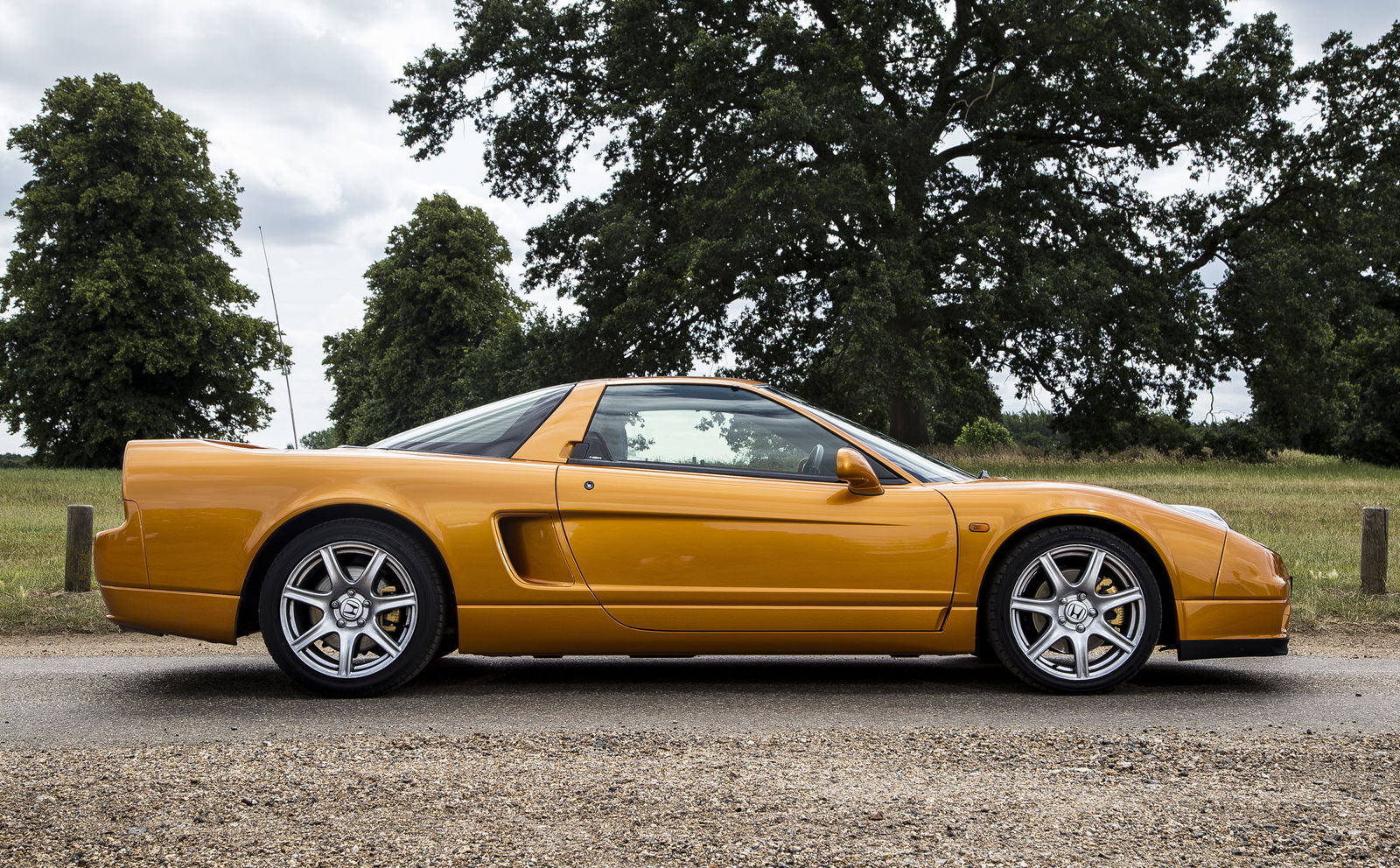
You’ll have probably noticed that the NSX’s cockpit is a bit like a dome. That’s no accident, as designers Ken Okuyama and Shigeru Uehara are said to have studied the American F-16 fighter jet, taking inspiration from its glass cockpit. The result is a car that’s incredibly easy to see out of while manoeuvring - helped largely due to the lack of C-pillars - putting the NSX’s mid-engined contemporaries to shame in the visibility stakes.
4. Honda made it stiffer, because Senna told them to

Talk about the NSX with any petrolhead, and it won’t take long for the late three-time F1 champion to be excitedly injected into the conversation, followed by something about heel-and-toe shifting in loafers. So what part did Senna play in the development process exactly?
While over in Japan to drive the latest McLaren Honda F1 car in February 1989, Senna was borrowed by the Japanese manufacturer during the NSX’s month long test residency at Suzuka. The intention was to get a racing driver’s opinion on this new mid-engined sports car, but the opinion received wasn’t the most positive. "I’m not sure I can really give you appropriate advice on a mass-production car, but I feel it’s a little fragile," he said. And by that, he meant it wasn’t stiff enough.
As a result of this and further extensive testing undertaken at the Nurburgring - which Senna was also invited to for further input - stiffness was raised by 50 per cent. And we’re glad about that, the NSX sits in a perfect compromise between rigidity and comfort.
5. Its engine was the first in a production car to feature titanium connecting rods
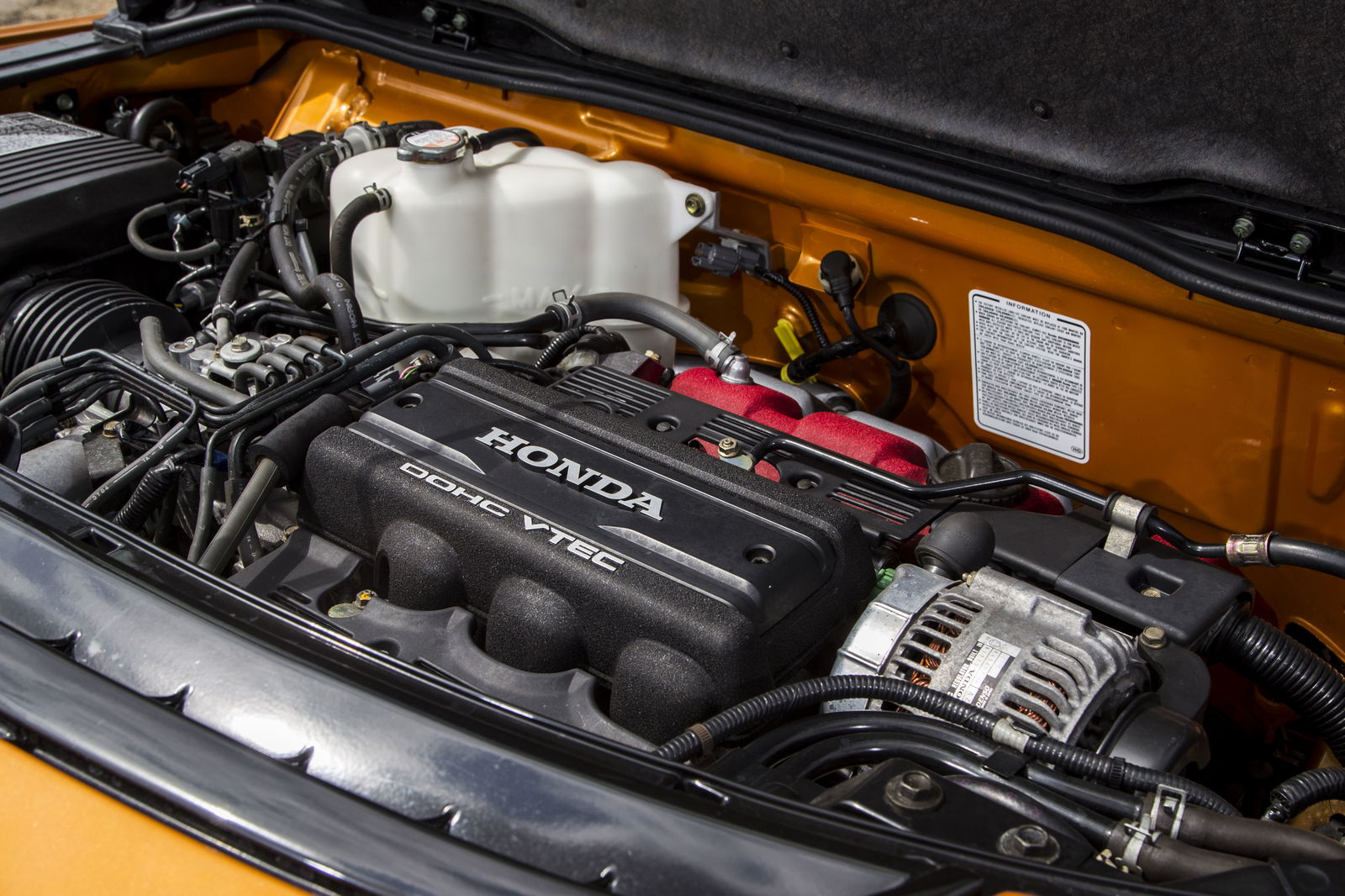
For all the NSX’s handling prowess, I’d argue the magnificent engine is its defining feature, and therefore worth a closer look. Originally displacing 3.0-litres and designated ‘C30A’, this 90-degree V6 features titanium connecting rods; a first for a production car. Having these lighter con rods - which are as strong as steel - allows the engine to rev up to 8000rpm. If you’ve ever experienced that in person, you’ll know it’s a jolly good thing.
6. It has the first high-performance application of VTEC
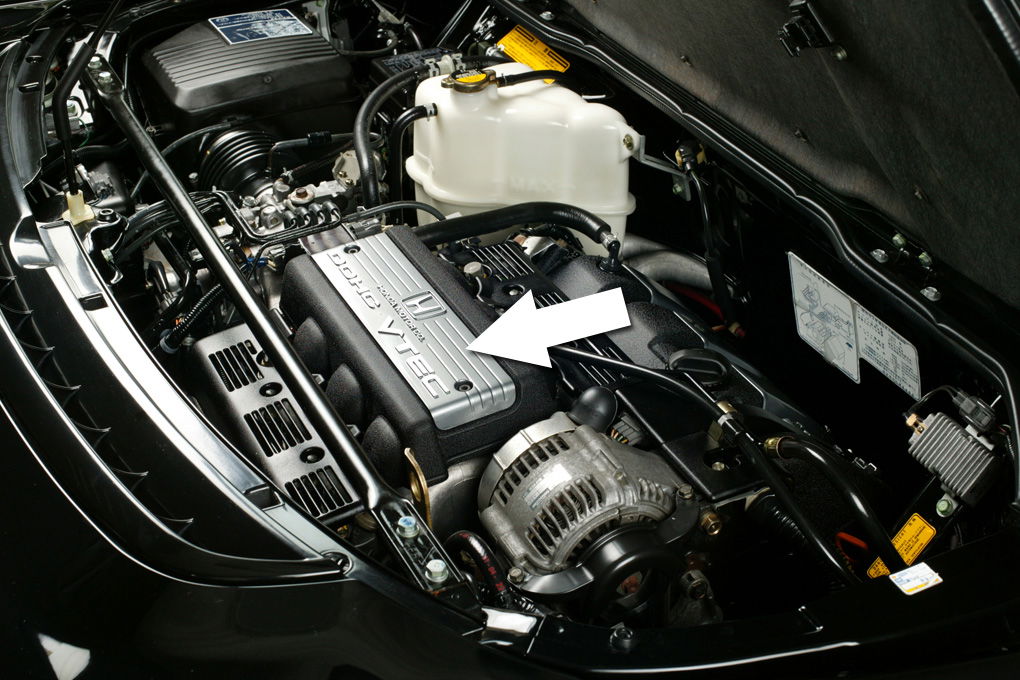
Yep, as you’ve probably spotted from the rocker cover, The NSX does indeed have VTEC variable valve timing. While you don’t get quite the same discernible ‘kick’ you get in some other Honda engines with the technology, the NSX is notable for being one of the first cars to receive VTEC.
It was beaten to the punch by the second-generation Integra and the CRX, but with those cars producing 158 and 150bhp respectively, the 270bhp NSX marked the first time Honda used it in a serious high-performance engine.
7. The 3.2-litre engines use 'Fiber Reinforced Metal' to accommodate bigger pistons
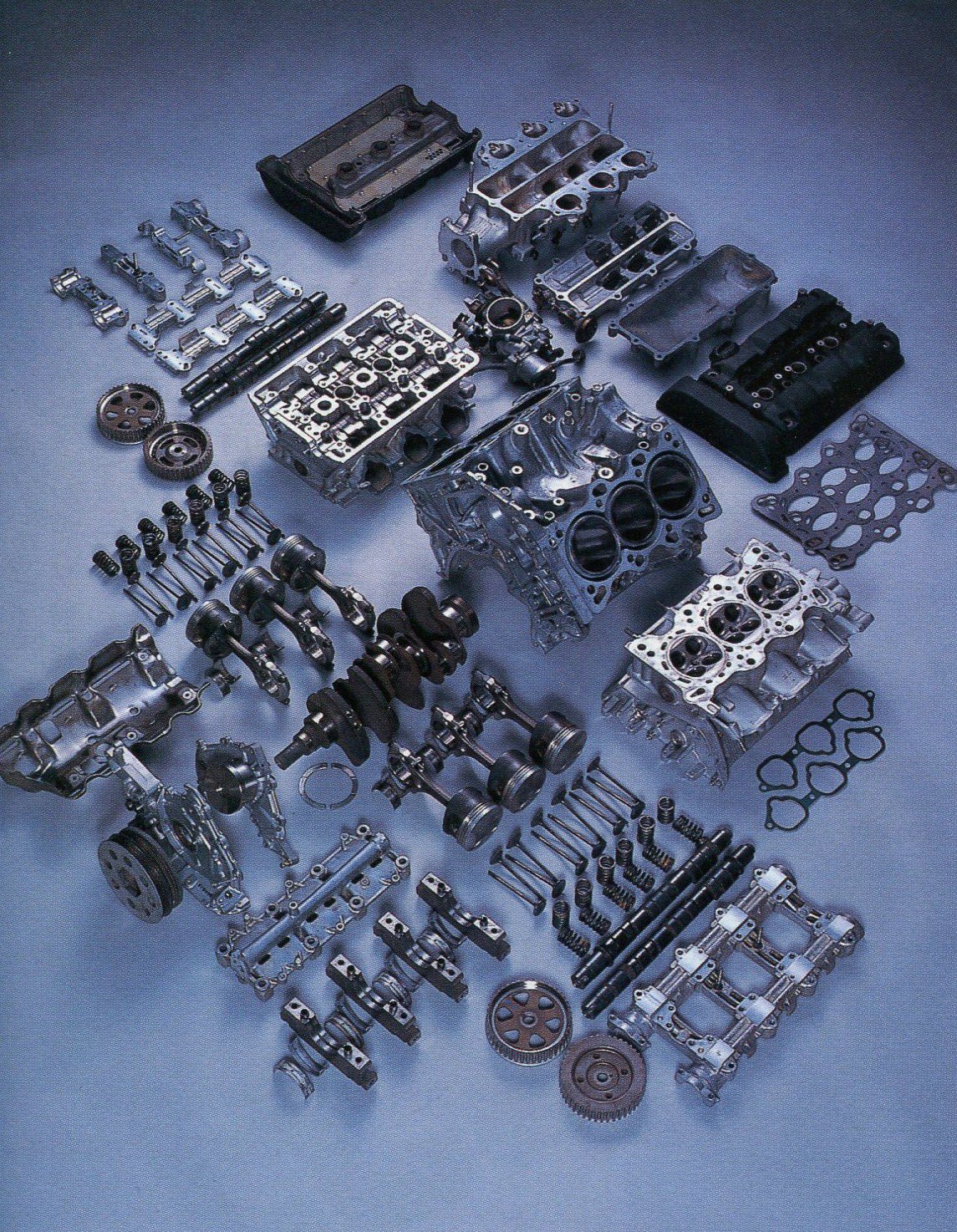
In 1997, the C30A made way for the C32B. As you probably gathered from the name, this is a 3.2-litre engine, enlarged through the use of bigger pistons. To fit the new pistons in the block, the traditional iron bore liners were replaced with thinner liners made of something called FRM (Fiber Reinforced Metal). This is a composite material made of carbonfibre and aluminium oxide, and is more resistant to wear than iron.
It’s a material you’ll find in other Honda engines including the S2000’s F20C. Something you won’t find in another Honda, however, is the C32B. It - along with the C30A that preceded it - was never fitted to any other car as standard.
8. The NSX R has a clever aero package
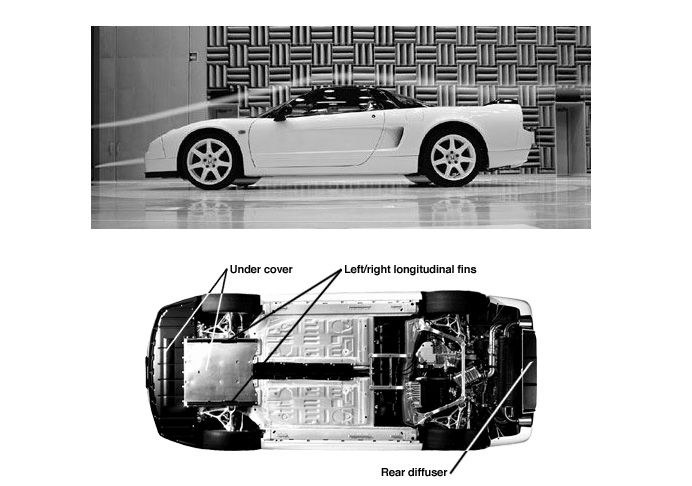
Nearer the end of the NSX’s life, we were treated to the final NSX R (earlier versions were officially known as ‘Type R, but the name was simplified for this facelifted version). With an aggressive weight saving programme seeing 100kg shed, much stiffer suspension and the removal of the power steering, it’s the most hardcore NSX Honda ever built. Of particular interest to us is the aero package.
The rear wing was changed to a suitably beefed-up carbonfibre item to increase downforce, but Honda was reluctant to fit a chunky splitter at the front. Body parts like that have a tendency to be smashed to bits on speed bumps and ramps, after all. Instead, the designers focussed on the underside of the car. A large cover was installed to smooth the underside at the front, and a set of fins added to stop airflow spilling into the wheel wells.

This cover meant the airflow that previously went through the front-mounted radiator and under the car was blocked off. So, to prevent the NSX R from cooking itself, the carbonfibre bonnet was given a large vent to evacuate that hot air.
The result of all the aero changes and chassis fettling? The NSX R clocked a 7min 56sec time at the Nurburgring, comparable to times set by a 996 Porsche 911 Turbo and a Ferrari 360 Challenge Stradale, two cars with considerably more power. But also six seconds off the time set by Honda’s new Civic Type R. It’s a wonderful thing, progress.
Want more NSX content? Check out our review here.
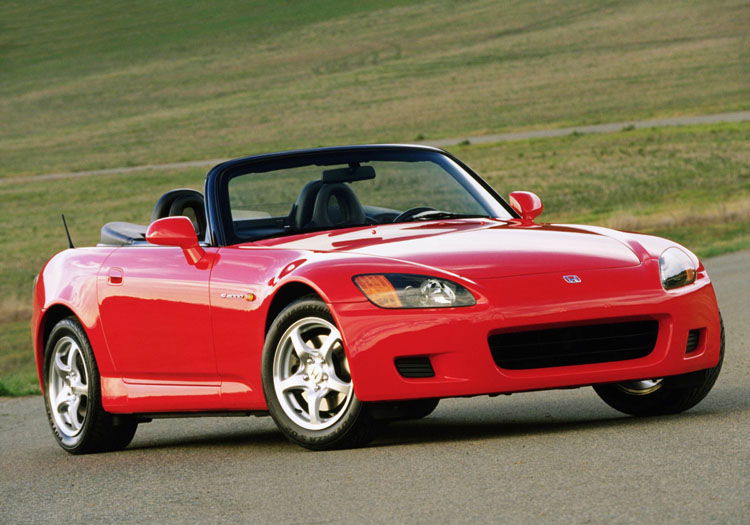

Comments